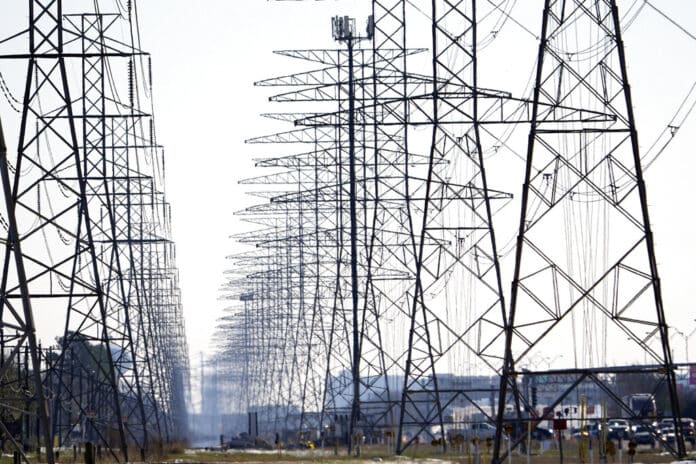
Texas’ energy system, and the policy that drives it, failed spectacularly last week. Millions of people endured power outages in sub-freezing weather, some of them for days at a time. At least 20 people died, and many people remain without water, or having to boil it because pipes burst or municipal water pumps couldn’t keep the water flowing.
There’s no telling how much those power outages cost the state in lost business activity, personal food spoilage and medical emergencies. There’s also the risk of indirect losses if some business decides not to move to this state because they now doubt if we can keep the lights on.
In response, state and local officials have done what officials do best — call for investigations into what went wrong, why and where to cast the blame. So many things went wrong, however, that it seems best to forget about looking for scapegoats and go straight to looking for solutions, to keep this from happening again.
Many of the blackouts were caused by hardware failures such as broken power and water lines. Others, however, resulted from rolling blackouts imposed by the Electric Reliability Council of Texas, which manages the state’s electrical grid, or by local utilities boards that abided by ERCOT’s request to cut power use.
How that rationing was managed is the focus of one investigation ordered by Gov. Greg Abbott and others. Surely that could have been handled better, but the council also was handcuffed by unexpected problems, and addressing those problems need to be a statewide priority.
First we must note that ERCOT wouldn’t have to ration electricity if the state generated enough for everybody — it doesn’t; most summers the council issues warnings about possible rationing when people crank up their air-conditioners. Texas’ consistent, rapid growth will only make things worse if our energy capacity isn’t increased dramatically.
We learned that every power source has its limitations. We’re fortunate that this state, whose history and economy are built in large part on oil production, has embraced renewable energy sources. Wind turbines now produce more power than any other single source of electricity.
But about half of those turbines reportedly froze and stopped producing last wek. Officials need to find ways to keep the rotors moving in the coldest conditions.
Clouds over virtually the entire state also limited the output of solar panels. Improvements to increase their sensitivity and batteries’ storage capacity must continue.
Obviously, we’re not ready to abandon fossil fuels just yet; they’re one reason the Rio Grande Valley’s congressional delegation — loyal Democrats all — have supported construction of the Keystone and other pipelines that will feed South Texas, and they opposed President Biden’s announced moratorium on oil and gas drilling on federal lands.
We hope for a day when every household — and commercial building — has access to affordable, dependable renewable power and isn’t at the mercy of the state power grid.
Until then, identifying and fixing what went wrong last week, to be better prepared for the next major event, is where we should focus our energies.



